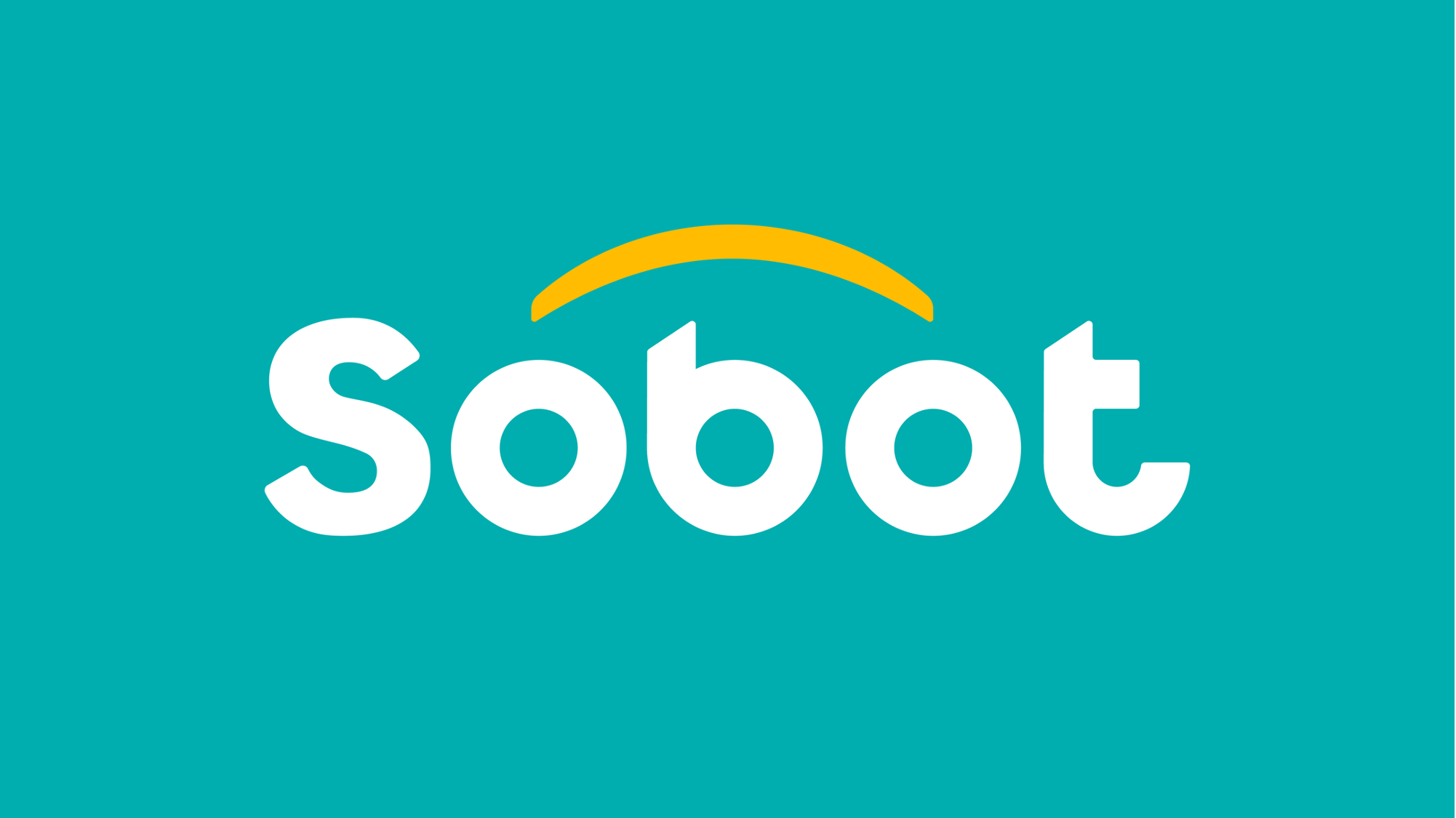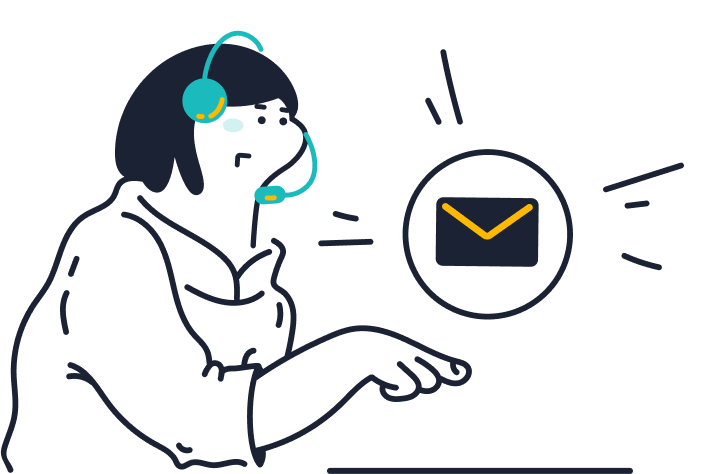In recent years, chatbots have evolved significantly, becoming integral to various industries, from customer service to entertainment. However, a growing concern among users and developers alike is the phenomenon of “hallucination” in chatbots. This article delves into what hallucination means in the context of AI, the implications for users, and how developers can mitigate these issues.
What is Hallucination in AI?
In the realm of artificial intelligence, “hallucination” refers to instances where a chatbot generates information that is false, misleading, or nonsensical. Unlike a human error, these inaccuracies stem from the way AI systems are trained and how they process language. Chatbots utilize vast datasets to learn patterns and make predictions, but they do not possess an understanding of reality or truth. As a result, they may produce responses that sound plausible but are factually incorrect.
Causes of Hallucination
Training Data Limitations: Chatbots learn from the data they’re trained on. If the dataset contains inaccuracies or is too narrow, the AI may generate hallucinations based on that flawed information.
Context Misunderstanding: Chatbots often struggle with nuanced language and context. If a user’s question is ambiguous or complex, the chatbot may misinterpret the intent and provide an irrelevant or incorrect response.
Pattern Recognition: AI systems are designed to recognize patterns and make predictions based on probabilities. This can lead to hallucinations when the model tries to fill in gaps with educated guesses that may not be correct.
The Impact of Hallucination on Users
The implications of chatbot hallucination can be significant, especially in sensitive areas such as healthcare, finance, or legal advice. When users rely on chatbots for accurate information, any hallucination can lead to misinformation, poor decision-making, or even harmful consequences.
Moreover, hallucinations can erode trust in AI systems. Users who encounter incorrect information may become skeptical of the technology, leading to reduced engagement and reliance on chatbots. Therefore, understanding and addressing these issues is crucial for developers.
Real-World Examples
Consider a healthcare chatbot that provides symptom analysis. If it hallucinates and suggests a serious condition based on a benign symptom, it can induce unnecessary panic for the user. Similarly, in customer service, a chatbot that incorrectly processes a refund request could frustrate customers, leading to a negative experience with the brand.
Mitigating Hallucination in Chatbots
To minimize hallucination, developers can implement several strategies:
Improved Training Data: Curating high-quality, diverse datasets can help ensure that chatbots learn from accurate information. Regularly updating the training data is also essential to keep up with changing knowledge and societal norms.
Contextual Understanding: Enhancing a chatbot’s ability to understand context can reduce misunderstandings. Techniques such as sentiment analysis and conversational context tracking can significantly improve response accuracy.
User Feedback Loops: Incorporating user feedback into the development process allows for continuous improvement. By analyzing instances where users report incorrect information, developers can refine the chatbot’s responses.
Transparency and Disclaimers: Informing users about the limitations of chatbots can help manage expectations. Providing disclaimers that highlight the possibility of inaccuracies encourages users to verify critical information independently.

Conclusion
While hallucination in chatbots is a notable challenge, understanding its causes and implications can help developers create better, more reliable AI systems. By focusing on improving training data, enhancing contextual understanding, and engaging with user feedback, the AI community can work towards minimizing hallucinations. As chatbots continue to integrate into our daily lives, ensuring their accuracy and reliability will be paramount for fostering trust and enhancing user experiences.


